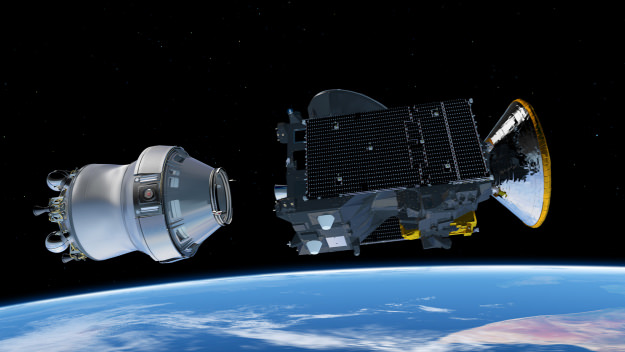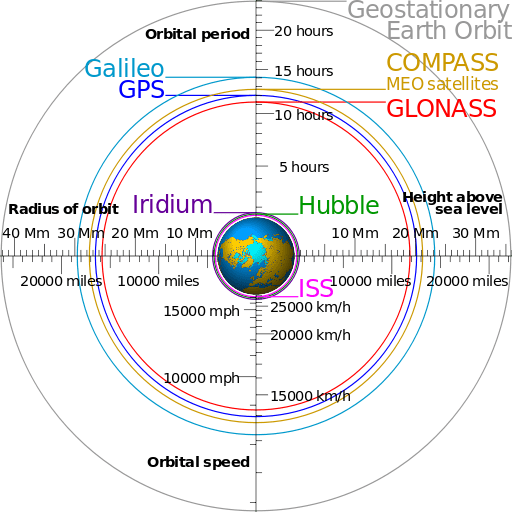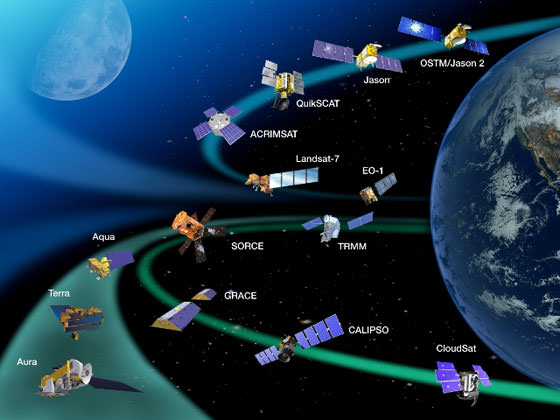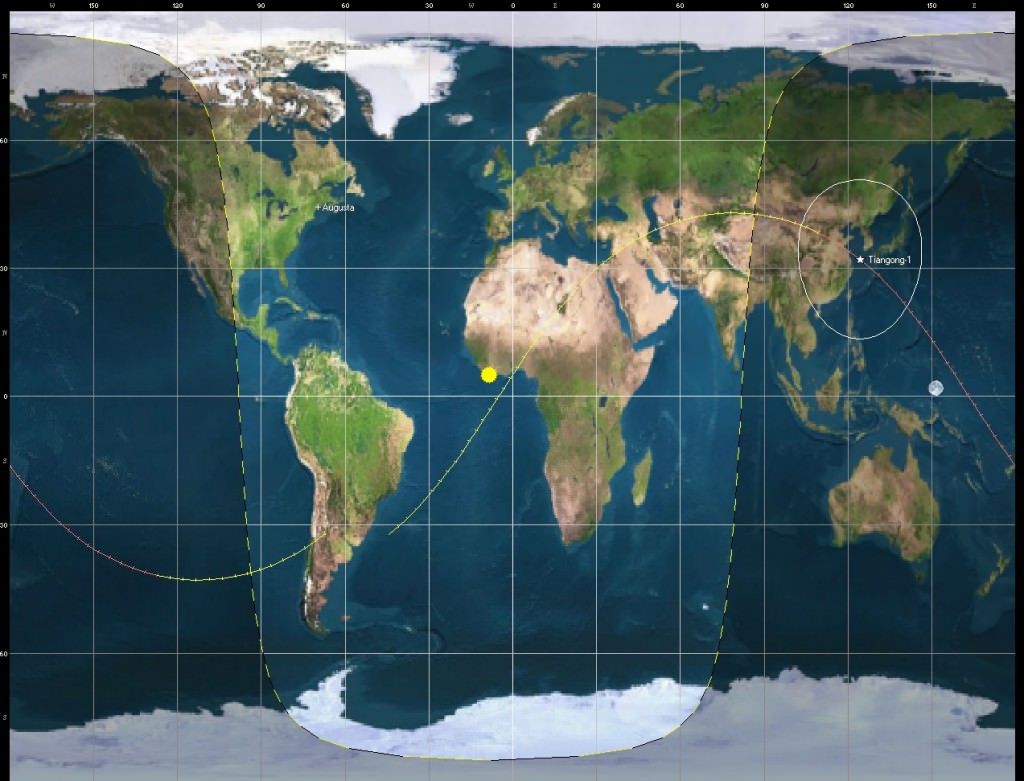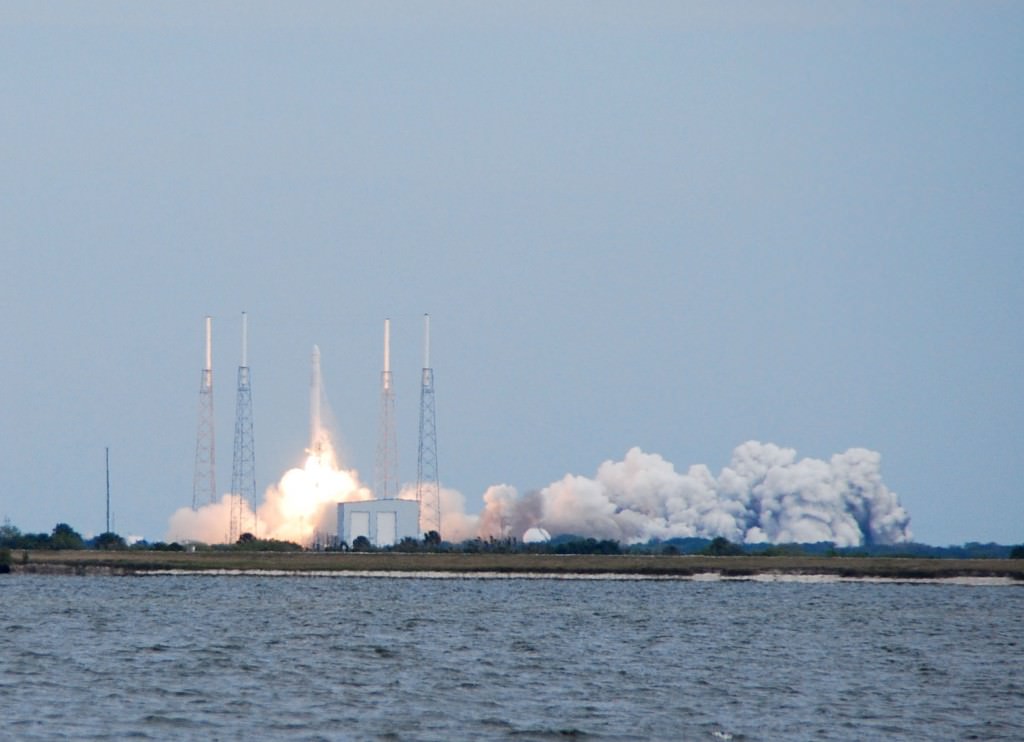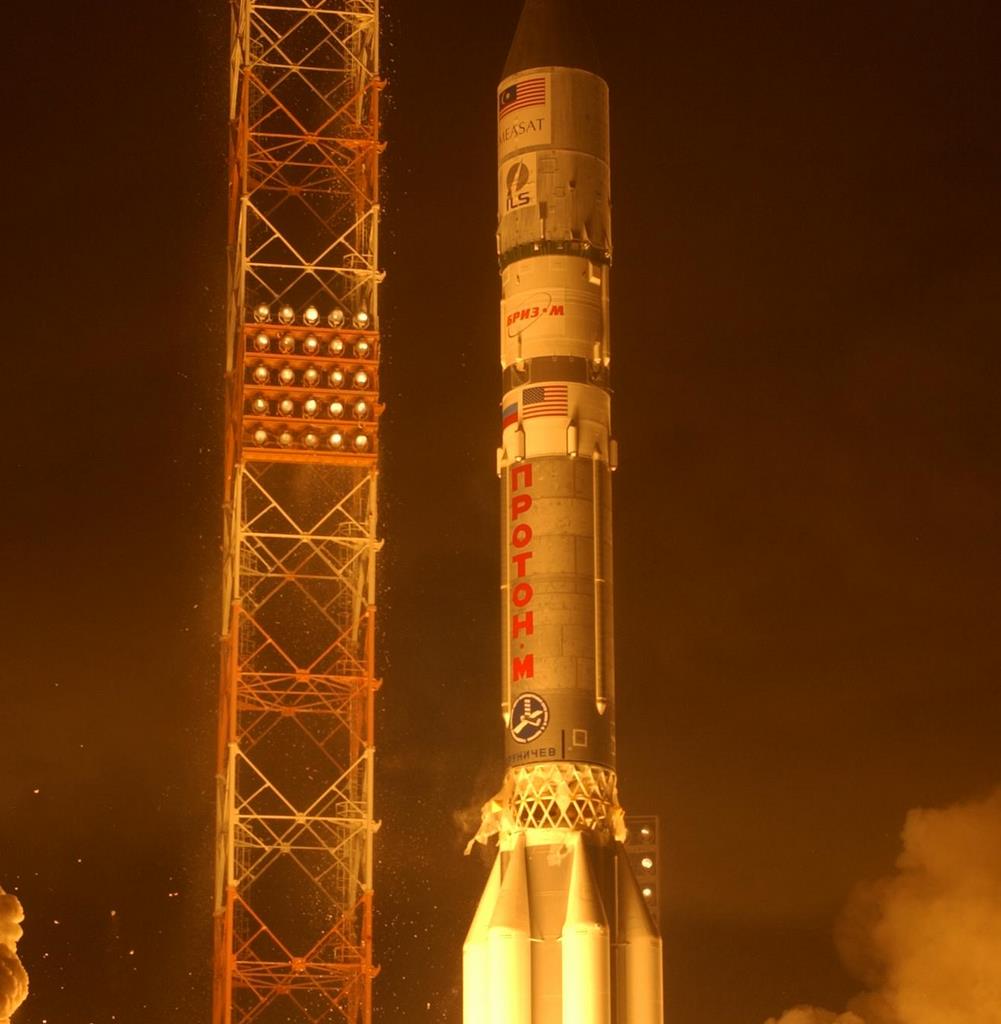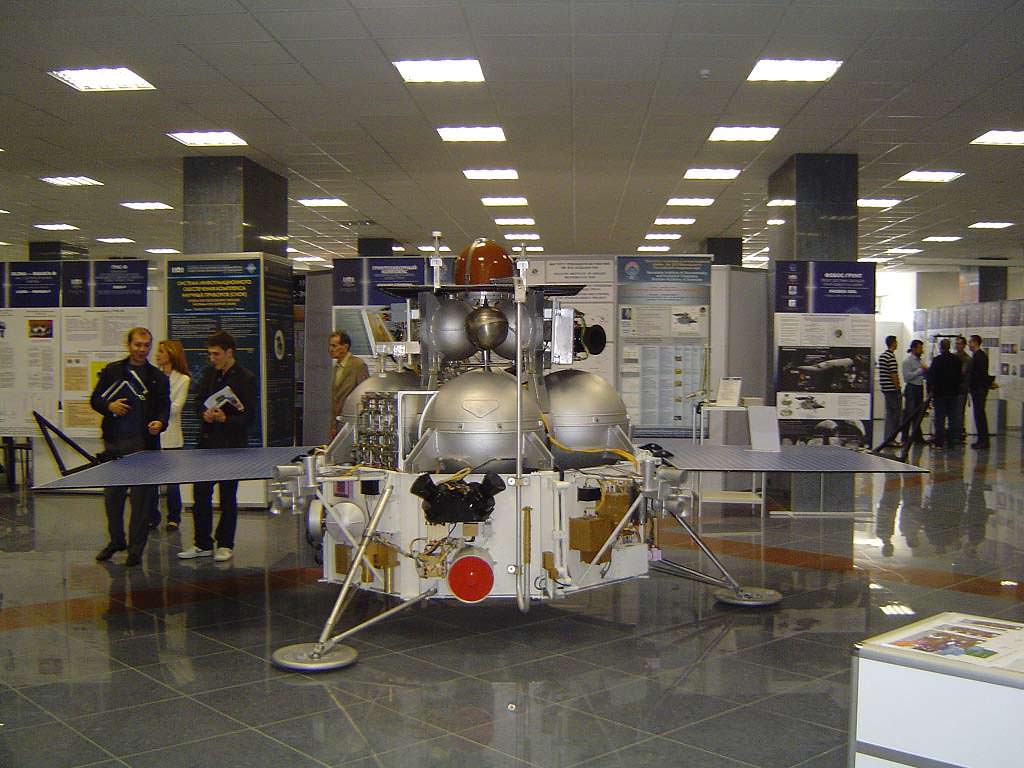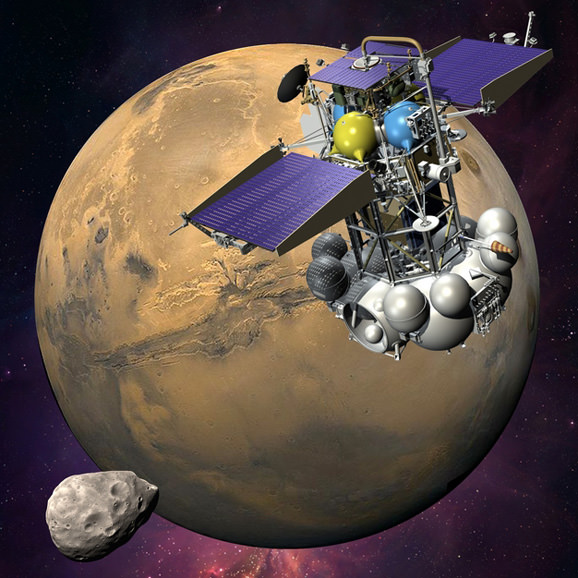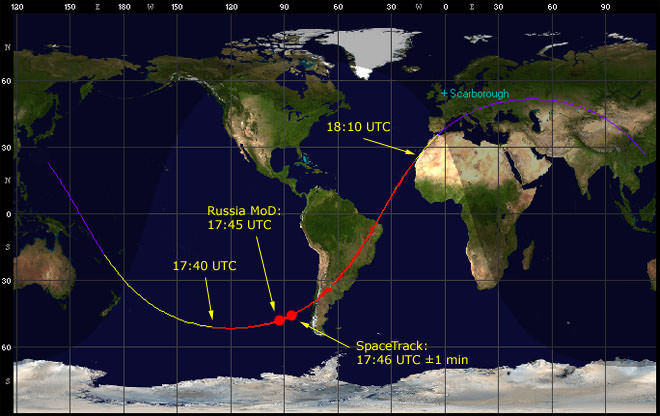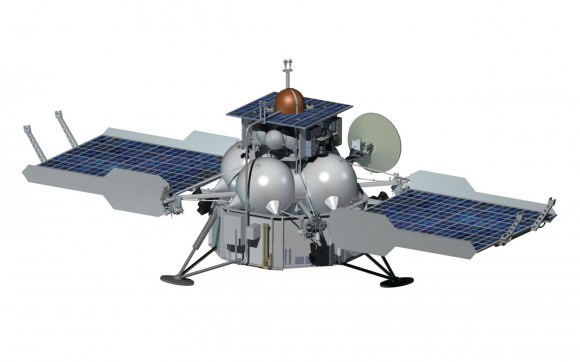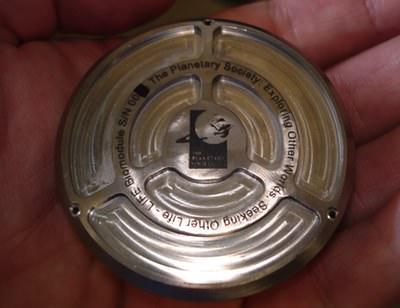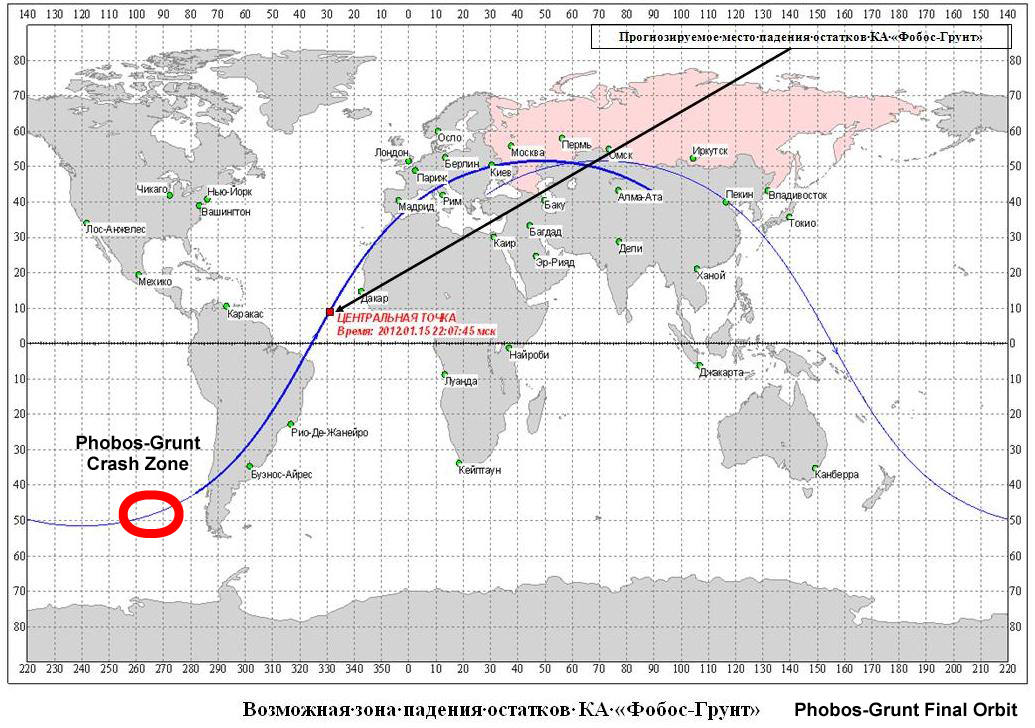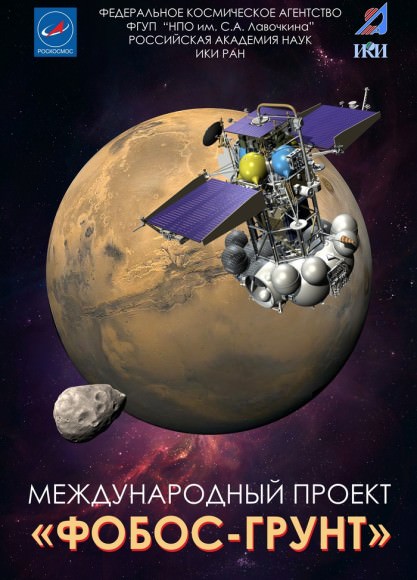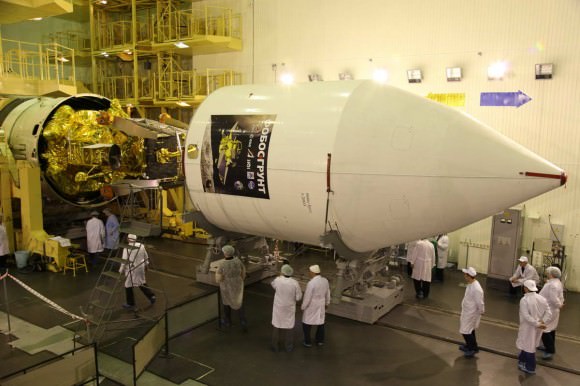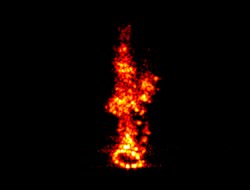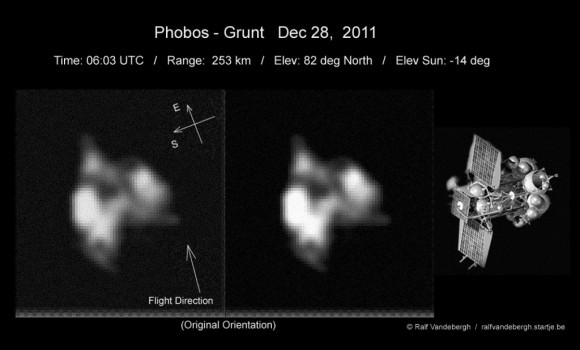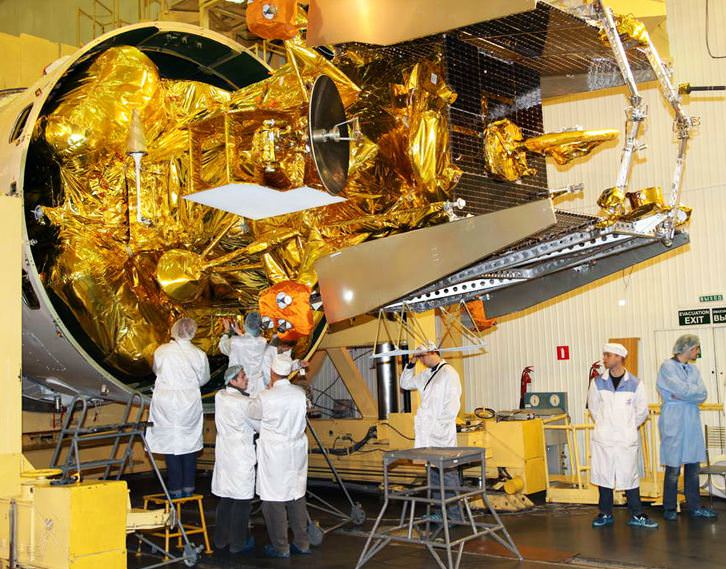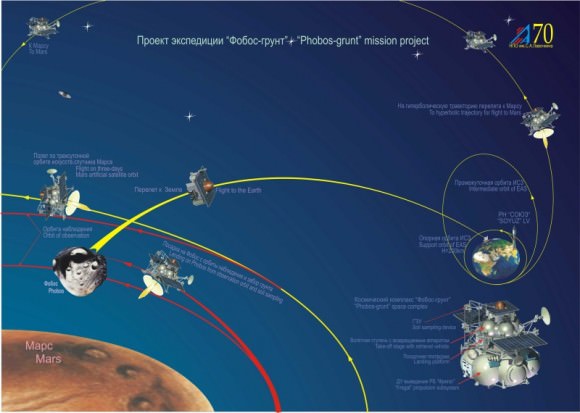Launch. It’s the part of spaceflight that is always the most fraught with peril, as your precious and delicate scientific package is encapsulated on top of tons of explosives, the fuze is lit, and the whole package hurls spaceward.
As noted by Bob King earlier last week on Universe Today, the European Space Agency’s ExoMars Trace Gas Orbiter underwent just such an ordeal on March 14th, as it broke the surly bonds atop a Russian Proton rocket from the Baikonur Cosmodrome, and headed towards the Red Planet with the Schiaparelli Lander affixed snug to its side. The spacecraft may have very nearly suffered a disaster that would’ve left it literally dead in space.
Don’t worry; the ExoMars Trace Gas Orbiter is OK and safely in a heliocentric orbit now, en route for an orbital insertion around the Red Planet on October 19th, 2016. But our robotic ambassadors haven’t always been so lucky.
The Road to the Red Planet
Launching for Mars is a complex odyssey. Unlike U.S. Mars missions such as MAVEN and Curiosity, which typically launch atop an Atlas V rocket and head directly into solar orbit after launch, Russian Proton rocket launches initially enter a looping elliptical orbit around the Earth, and require a series of successive engine burns to raise the payload’s orbit for a final injection headed to Mars.
All was well as the upper stages did their job, four burns were performed, and the ExoMars Trace Gas Orbiter phoned home indicating it was in good health afterwards.
It’s what happened next that gave planners a start, and is still the source of a minor controversy.
While Russian sources tracked the Briz-M upper stage and say it worked as planned, observatories based in the southern hemisphere imaged the departure of ExoMars noted about half a dozen fragments following it. Having done its job, the Briz-M stage was to execute a maneuver after separation, placing it into a ‘graveyard’ solar orbit. Not only would this clear ExoMars on its trajectory, but the Red Planet itself.
Anatoly Zak notes in a recent article for Popular Mechanics online that the Briz-M upper stage isn’t subjected to strict sterilization measures, though its unclear if it too will reach Mars.
Solar orbit is littered with discarded boosters and spacecraft, going all the way back to the first mission to fly past the Moon and image the lunar farside, the Soviet Union’s Luna 3 in 1959. Some of these even come back on occasion to revisit the Earth as temporary moonlets, such as the Apollo 12 booster in 2002 and the Chang’e-2 booster in 2013.
And there is nothing more that the fabled ‘Galactic Ghoul’ loves than tasty Mars-bound spacecraft. Though the ExoMars Trace Gas Orbiter is in its expected trajectory to Mars as planned, it seems that the the Briz-M upper stage may have exploded seconds after spacecraft separation.
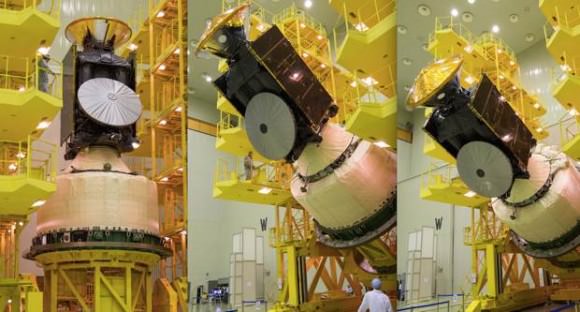
The incident is eerily similar to the fate that befell the Phobos-Grunt sample return mission. Also launched from Baikonur, the spacecraft was stranded in Earth orbit after its Fregat upper stage failed to do its job. Phobos-Grunt reentered on January 15th, 2012 just over two months after launch, taking its container of Planetary Society-funded tardigrades scheduled to make the round trip to Mars permanently to the bottom of the Pacific Ocean instead.
The Mars 96 mission also failed to leave Earth orbit, and reentered over South America on November 16th, 1996 with a radioactive payload meant for power surface penetrators bound for the Red Planet.
The Russians haven’t had good luck with Mars landers, though they fared better landing on Venus with their Venera program… and had at least one spare Venusian Death Probe crash on Earth and fight the Six Million Dollar Man back in the 1970’s TV show, to boot.
The U.S. has actually had pretty good luck on Mars, having only lost the Mars Polar Lander for seven successful landing attempts. If successful later this year, Schiaparelli will be a first landing on Mars for any other space agency other than NASA.
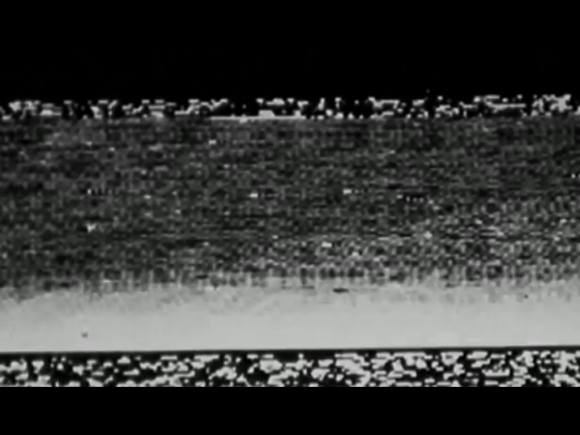
And you’ll be able to explore Mars for yourself shortly, as opposition season for the Red Planet is right around the corner. Opposition for 2016 occurs on May 22nd, and we’re in for a cycle of favorable oppositions leading up to one in 2018 that’s very nearly as favorable as the historic 2003 opposition.
Space is hard, but the ExoMars Trace Gas Orbiter seems to be made of still harder stuff, the likes of which no explosion in space can kill.
Onward to Mars!

